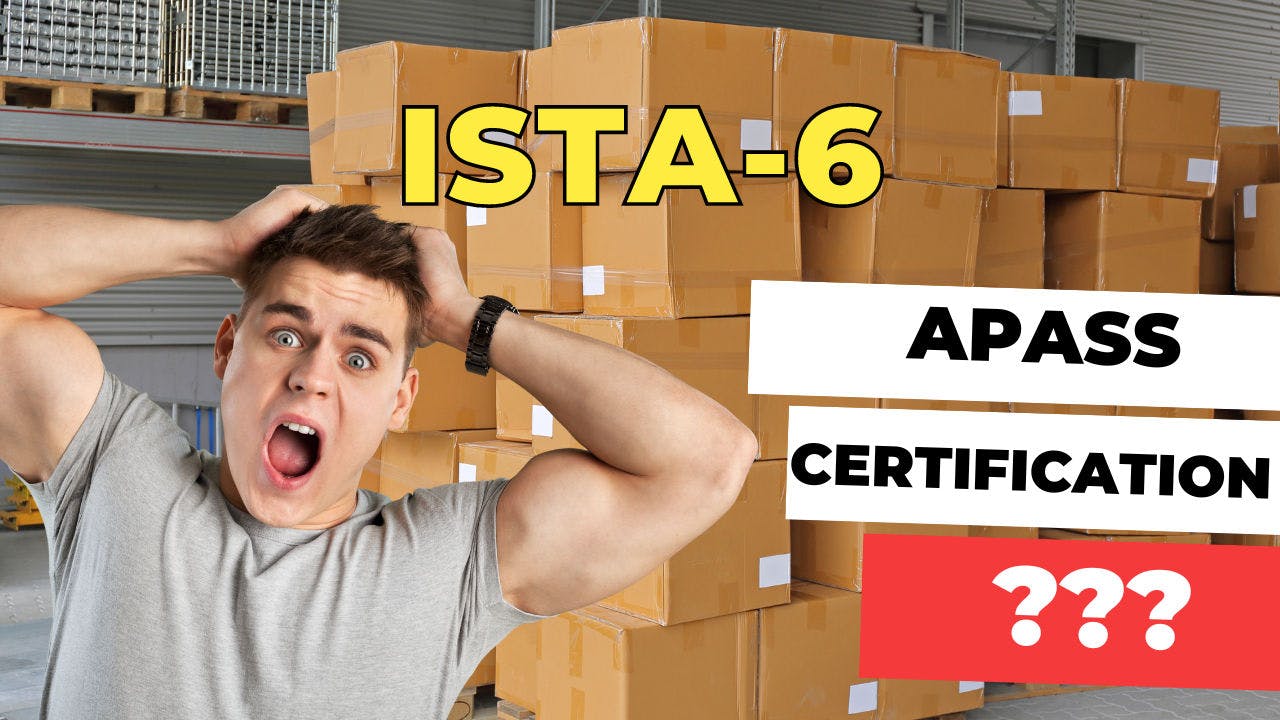Amazon Packaging Certification: Explained PFP and SIOC
In September 2018, Amazon introduced new packaging requirements for products passing through their fulfillment center (FC) network, specifically targeting units with dimensions exceeding 18" x 14" x 8" or weighing 20 pounds or more. These regulations, effective from August 1st, 2019, mandate that units failing to meet Tier 1 - FFP (Frustration Free Packaging) or Tier 2 - SIOC (Ships in Own Container) certification face a penalty of $1.99 per unit upon arrival at any FC within the network.
To encourage compliance among retail vendors, Amazon is offering a $1.00 per unit credit on all impacted ASINs that successfully pass certification between now and July 31, 2019.
For those unfamiliar with FFP and Amazon SIOC, these are certification standards established by Amazon Packaging Certification, ensuring that packaging meets specific criteria aimed at enhancing customer experience, reducing waste, and optimizing shipping efficiency.
Understanding FFP and Amazon SIOC
Certified FFP (Frustration Free Packaging) is recyclable and comes without excess packaging materials. The product inside is the same and everything is included in the Certified Frustration-Free Packaging that would be in the original manufacturer's packaging. FFP is very low waste. The packaging does not contain blister packs, plastic inserts, wire ties, packaging peanuts, shredded paper, or sealed clam shells (plastic ties are allowed to manage cord organization only). All contents can be removed from the package within 120 seconds.
Ships in Own Container products, or SIOC, is essentially easy-opening product packaging that is delivered to Amazon in a reship-able carton. This carton includes nothing but the product contents, also excluding any non-recyclable polybags or inserts. A SIOC box is not a color box and it is not an over box. It has simple carton markings and the product inside. There are also no staples (you can use tape) but this is the less stringent certification of the two.
Implementation and Benefits
The major similarities between both programs is that the amazon pfp are strict, overall low-waste, and intended to reduce damage claims/returns.
These new guidelines are stricter than any current standards set forth by UPS, FedEx, or USPS. The entire system is designed to survive the massive amount of "touches" that the average Amazon box has compared to any other package. Touches are define as how many independent time the product may be handled by a different person or place. There is information to support that the Amazon touches are 2-4x what your average package is from another retailer. This means it needs to withstand all of the movement, conveyers, and overall handling of the package through the Amazon process. This process begins when it leaves your door and arrives at the customer. Consider how many facilities the package may enter and leave; going through carriers on both ends of that process.
Amazon believes this move on large items will reduce their damage claims, reduce recyclables, reduce trash, and increase the customer satisfaction.
Overall I see long term benefits for the vendor, however short term it is going to cause some headaches. The largest ones being cost of testing ASIN's which can vary from $500 - $850 per unique ASIN, loss of container space for imports, packaging cost increases, packaging redesign increases, and time.
If you need a good lab consider purple diamond we have used them many times.
The good news is that Amazon is accepting primary testing certificates for secondary "related" products that require testing but were not tested.
Packaging Certification Process and Recommendations?
Let’s say ASIN A is the primary ASIN but you also have ASIN B which is the exact same product, only different color, scent, flavor, or graphic. Amazon is willing to accept all of the packaging fixes made to ASIN B based on the certification from ASIN A. If ASIN B does not need to be in variation with ASIN A on Amazon.com, they do not need to share a detail page.
When you complete your ASIN packaging certificate submission file you will list ASIN A as the primary and ASIN B as the secondary. It is important to note that these two products must have the same overall ship dims and product type. You cannot sell apples and oranges and expect Amazon to accept one as primary and the other as a secondary. For example you sell a 60" TV and a 100" TV I would expect they may ask you to test both. If you sold amazon a 60" TV in White and a 60" TV in Black, they will accept the second color as a secondary related ASIN since the specs are identical.
For additional information on the subject please visit the below link provided by Amazon.com:
https://www.amazon-packaging.com/design
On the design page look for a link that says “Amazon Packaging Support and Supplier Network (APASS)” This will take you to a document with 20 approved APASS labs that are ISTA certified for Tier 1 and Tier 2 testing.
Now that we are heading into Q4 it is recommended that you do your packaging certifications immediately to take advantage of the $1.00 credit during peak sales. If for example you had your products certified by now you will likely reap the benefits of a major credit which will offset your testing expenses. For example if you expect to ship amazon 1000 pieces of an ASIN between now and EOY you will get a nice $1,000 credit on your remittance, more than enough to pay for the test.
Conclusion
As an Amazon consultant agency, we harness our extensive knowledge and experience to help you navigate the vast Amazon marketplace. We're committed to empowering Amazon businesses with strategies tailored to boost visibility, drive sales, and enhance customer satisfaction. Partner with us and unlock the full potential of your Amazon venture. Let's turn your vision into a successful Amazon store today!
